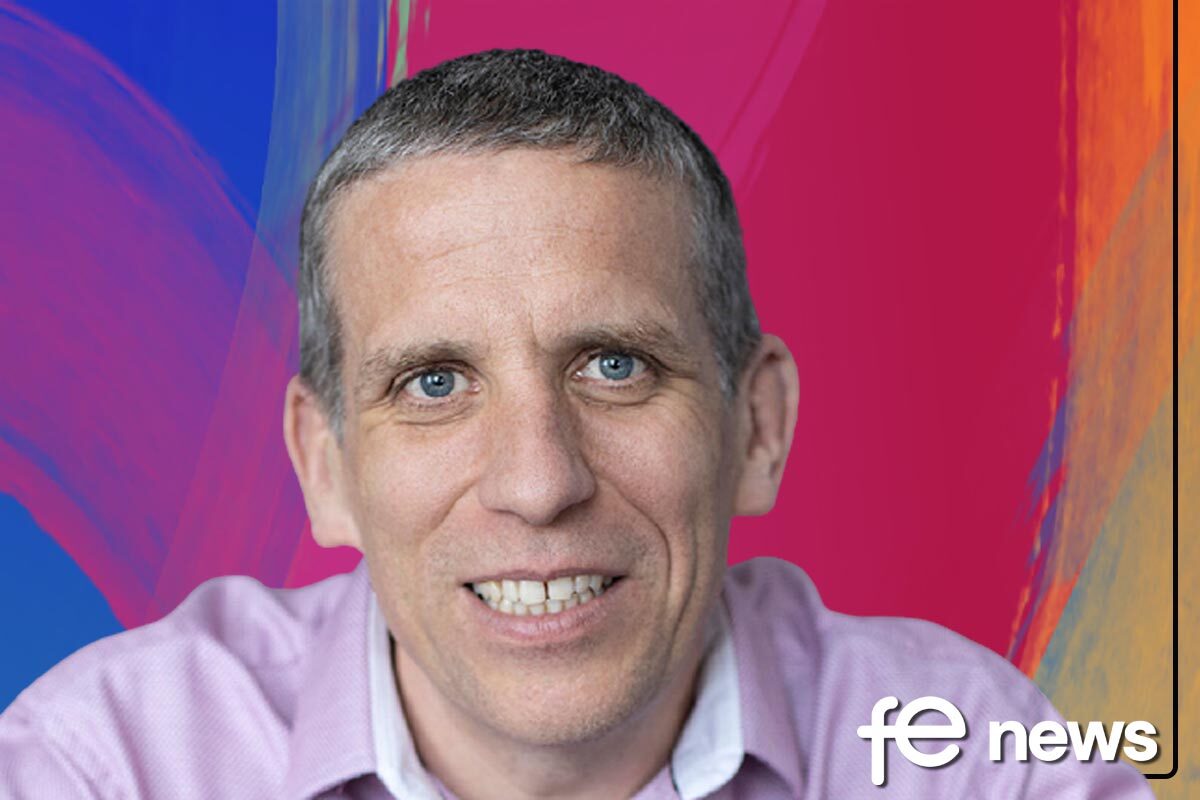Project Neurodiversity through the Broom Cupboard

Embracing neurodiversity and making it work in organisations for teams and individuals is a challenging process. This article explores the importance of looking at it as a project with some examples of how thinking differently can solve real-world problems rather differently.
John Chambers, former CEO of Cisco Systems says “25% of CEOs are dyslexic, but many don’t want to talk about it”. There is an argument that if leaders self-identify as neurodivergent the rest of the workforce will feel more comfortable coming forward and having a conversation about neurodiversity.
Organisations can thrive instead of survive if they embrace neurodiversity. The current situation looks like there is a lot of noise, good ideas and goodwill in helping individuals become more effective in the workplace. The reality is that many of these initiatives are disjointed, not bespoke, and fragmented, so organisations are running many different special projects at the same time. This creates a substantial operational overhead that can detrimentally impact organisation’s effectiveness.
This is a big problem that is not going to go away unless we start to think more holistically and in a project-orientated way across our organisations to help support neurodiversity. We have to think about the constraints we have to operate in. What is the scope of what we are trying to do? How long is it going to take? Do we have the resources to deliver it? And most importantly, how will we know what success looks like?
The project management approach is just as relevant to individuals. In my experience, many individuals have had a very fragmented and disjointed approach to support. To help them manage more effectively I would argue we need to treat neurodivergent support far more like a project.
Project Mindset
It is often easy to get baffled and confused by the potential solutions and lose sight of the problem we are trying to solve. Are we taking a project mindset to neurodiversity in the workplace? Are we focusing on what the problem is?
As an example, John needed support with task management. His company provided him with a robust task management app. The app allowed him to connect tasks across applications and distribute them throughout the organisation. John required a simple solution to help him understand what he needed to do and the priority that should be assigned to each task.
As a result of the solution, John became obsessed with making sure he was fully utilising the app rather than focusing on solving the problem. He became stressed, anxious, and guilty about not using the app completely, which distracted him from the problem at hand, which was effectively prioritising his workload.
John’s situation is true for many individuals, as often incorrect solutions are provided that often create additional problems instead of solving the original issue.
Adjustments and support fall into two models which are, The Medical Model, which is about fixing the individual and The Social Model which looks at the social/organisational factors that disable the individual from working effectively.
Often the easy answer is to try and fix the individual by providing an off the shelf solution, but there needs to be experimentation, open dialogue and possible coaching. Then a solid process can be written down and used going forward. This needs to be lead by the individual with support from the organisation. When we look at this in a project way, it means taking a step back and thinking about the impacts of what’s going on within the organisation.

The Broom Cupboard
Another example: I worked with Toni, who had recently been diagnosed with ADHD and was dealing with work overload and unhelpful organisational behaviours. Toni enjoyed teaching and was successful in the classroom, but her administrative abilities let her down. Furthermore, there was bureaucracy within the organisation, which meant that basic administrative tasks were assigned to senior staff.
We began with small wins to gain momentum, such as examining how Toni could better complete her administration. We set up a distraction-free environment in a broom cupboard for her to complete her administrative tasks. Toni’s mood improved dramatically as a result of a simple change that was inexpensive and quick to implement.
Then we altered the way classes were assigned, allowing Toni to have breaks and time for administration between teaching. This was a more difficult organisational issue that required leadership support. The changes were made one at a time and were evaluated based on their impact and usefulness to the individual and the organisation.
In this particular case, it was helpful to get quick wins before working on more challenging adjustments. This allowed Toni to build trust and gain confidence in what was being implemented to make sure the solutions met her needs.
Action is Key
“Often movement is the most important thing” – Claire Pedrick
We are often afraid to begin, but to determine what is useful, it is critical to ask the individual and the teams involved what the problem is and how we can begin to solve it together.
Toni was overwhelmed in the previous example because she couldn’t see a way to begin solving the problem. What worked was solving one problem, reviewing the solution to ensure that it resolved the issue in the short and long term, and then moving on to the next. Action will frequently involve challenging the status quo, but I would argue that well-thought-out systematic changes will often benefit not only the individual but also the larger organisation.
Creating workplace adjustments should be viewed as a project that should be implemented, but be prepared to roll it back if it doesn’t work. The process should be structured, documented and any changes made need to be communicated, recorded and approved by all stakeholders who use the process.
I hope the information above has helped you think about neurodiversity and how to use the concept of a project to make changes more effectively. I’d love to hear more about your experiences in making your work environment become more neuroinclusive.
Nathan is an accredited coach and neurodiversity advocate who is passionate about supporting individuals, teams and organisations to empower neurodiversity in the workplace. Nathan has been leading the Neurodivergent Coach for over seven years on a mission to amplify strengths and manage the difficulties associated with neurodiversity.












Responses